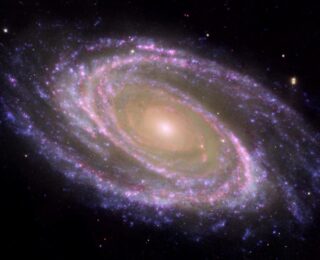
by Nathalie Korhonen Cuestas | Mar 13, 2024 | Daily Paper Summaries
Over time, the universe evolved from a primordial soup of hydrogen and helium into the metal-rich environments of today. How exactly does the chemistry of galaxies evolve, and what processes drive this evolution?
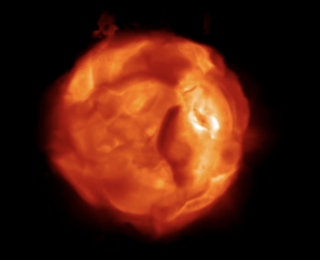
by Abby Lee | May 17, 2023 | Daily Paper Summaries
Today’s paper explores a novel method to use intermediate-age AGB stars to probe the metallicity and age othe Triangulum galaxy M33.

by Aldo Panfichi | Mar 12, 2022 | Daily Paper Summaries
In today’s paper, the authors test the theory that the earliest, metal-poorest stars are the primary source of binary black hole mergers.
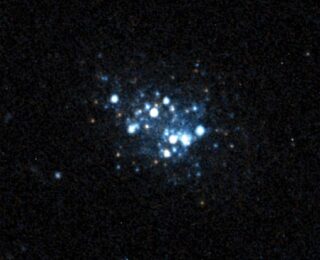
by Jason Hinkle | Nov 17, 2021 | Daily Paper Summaries
Today’s authors explore a nearby analog of some of the earliest galaxies to form in the universe and measure a metallicity gradient.
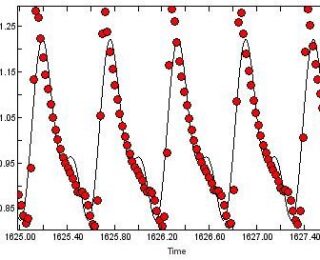
by Guest | Nov 11, 2021 | Undergraduate Research
In the latest of our #UndergradResearch series, explore how Anna McElhannon is investigating the relationship between pulsation and metallicity in RR Lyrae stars!
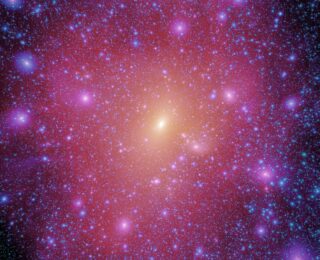
by Roan Haggar | Sep 18, 2021 | Daily Paper Summaries
There’s a problem with dark matter, and two possible solutions: bright, luminous supernovae, or dark matter itself.






